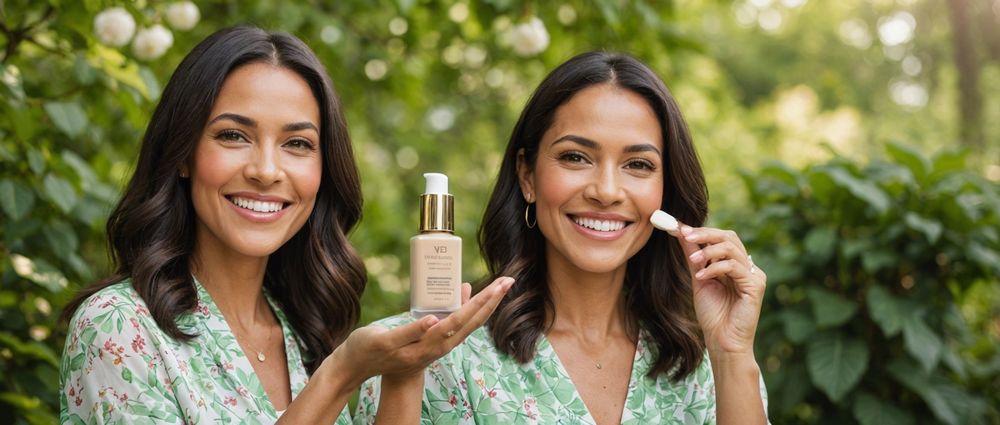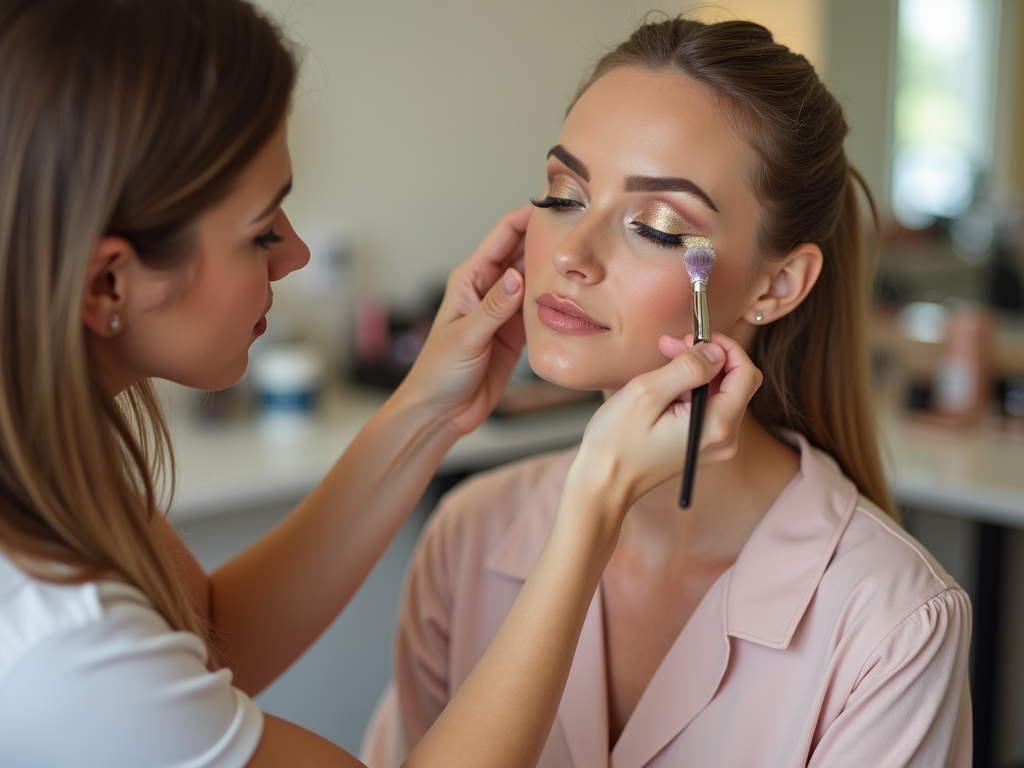Blush is often the unsung hero of makeup routines, quietly elevating your look and adding a touch of vitality to your complexion. While many may view it simply as a cosmetic item, the science behind blush is rich and intricate, connecting color theory, skin physiology, and artistry in makeup application. Selecting the right shade can dramatically change not only how others perceive your beauty but also how you feel about yourself. This article delves deep into the fascinating world of blush, focusing on how different colors interact with various skin tones to help you make informed choices. Whether your aim is to create a natural flush or a bold statement, understanding the nuances of color can enhance your makeup game significantly.
With the right approach, choosing your blush can become an enjoyable venture rather than a confusing chore. It’s about discovering what enhances your unique features, thus allowing you to wear your confidence as beautifully as your makeup. So, let’s embark on this colorful journey, armed with knowledge, to decode the best blush choices tailored specifically for you!
The Basics of Skin Undertones

Understanding your skin undertone is vital when trying to select the perfect blush color. Undertones are subtle hues that exist beneath the surface of your skin, and they come in three primary types: warm, cool, and neutral. Knowing your undertone can streamline your experience and allow you to choose products that complement rather than clash with your complexion.
- Warm Undertones: These are characterized by golden, yellow, or peach hues. If gold jewelry suits you best and your skin seems to glow with warmth, you likely possess a warm undertone.
- Cool Undertones: This type reflects pink, red, or blue tones in the skin. If silver jewelry looks more appealing and your complexion leans towards the cooler side, this could be your undertone.
- Neutral Undertones: A balanced mixture of warm and cool hues falls into this category. Neutral undertones are versatile and can pull off a wide array of colors effortlessly.
Selecting Blush Colors Based on Skin Tones

Now that you understand undertones, let’s explore how different skin tones can affect blush color selection. It’s fascinating how a single hue can look dramatically different depending on the individual it adorns. Below we classify blush shades that best enhance light, medium, and deep skin tones.
| Skin Tone | Recommended Blush Colors |
|---|---|
| Light | Soft pinks, peach, light corals |
| Medium | Rose, mauve, warm peach |
| Deep | Berry, deep plum, vibrant coral |
Choosing the right shades allows for a beautiful enhancement of your natural contours while maintaining a balanced and radiant finish. For light skin tones, hues like soft pinks and light corals add just the right touch without overwhelming the complexion. On the other hand, if you have a medium skin tone, rose and mauve provide dimension without overpowering your natural allure. For deep skin tones, vibrant colors such as berry and deep plum can create beautifully striking looks that pop.
The Role of Blush Placement in Enhancing Features
While selecting the perfect color is paramount, how you apply blush can make all the difference as well. The placement of blush can add shape and dimension to your face, enhancing your best features. Let’s delve into some popular application techniques and how they can transform your look.
- Classic Technique: Apply blush to the apples of your cheeks for a natural, youthful appearance. This easy technique is ideal for a soft, everyday look.
- Draping: This involves using blush strategically on your temples and cheekbones, lending a sculpted effect. It can be particularly flattering for those with more angular face shapes.
- Halo Method: This is a more modern approach that combines blush on both the cheeks and temples to provide a glowing, all-over illumination. It’s great for achieving that sun-kissed vibe.
Seasonal Trends in Blush
Makeup trends also ebb and flow with the changing seasons. Just as wardrobes transition, so do the shades of blush that women reach for, aligning with natural palettes and moods associated with different times of the year. Keeping an eye on seasonal trends can keep your look fresh and modern.
Spring and Summer Shades
- During these vibrant months, lighter pastel colors, such as soft pinks and corals, are more prevalent to emulate the fresh blooming beauty of nature.
- These shades harmonize beautifully with sun-kissed skin and bring a lively brightness to any makeup look.
Fall and Winter Shades
- As the vibrant colors of fall arrive, richer and deeper shades like mulberry and burnt orange dominate the scene.
- These hues not only complement the cozy aesthetics of colder weather but also provide a bold statement against muted seasonal backdrops.
Conclusion
Understanding the science behind blush can empower you to amplify your natural beauty while expressing individuality through color. By analyzing your skin tone and undertone, selecting appropriate hues, and mastering application techniques, you can achieve a stunning makeup look that enhances your unique features. Seasonal trends offer even more avenues to explore as you expand your blush repertoire. Ultimately, a well-chosen blush will not just add color but also confidence, allowing you to showcase your best self no matter the occasion.
Frequently Asked Questions
- What is my skin undertone? You can determine your undertone by observing the veins on your wrist; blue veins suggest a cool undertone, while green veins indicate a warm undertone.
- Can I wear blush if I have sensitive skin? Yes, but opt for mineral blushes or those specifically formulated for sensitive skin to reduce irritation.
- How do I choose a blush shade that will last all day? Look for long-lasting, pigmented formulas and consider using a setting spray or powder to lock in your look.
- Is it necessary to match blush with lipstick? It’s not required, but coordinating hues can create a harmonious makeup look. Choose shades that complement each other without needing to match exactly.
- What if I can’t find a blush shade that suits me? Don’t hesitate to experiment with mix-and-match techniques. Mixing different blushes can sometimes yield the perfect shade that fits your unique complexion.



